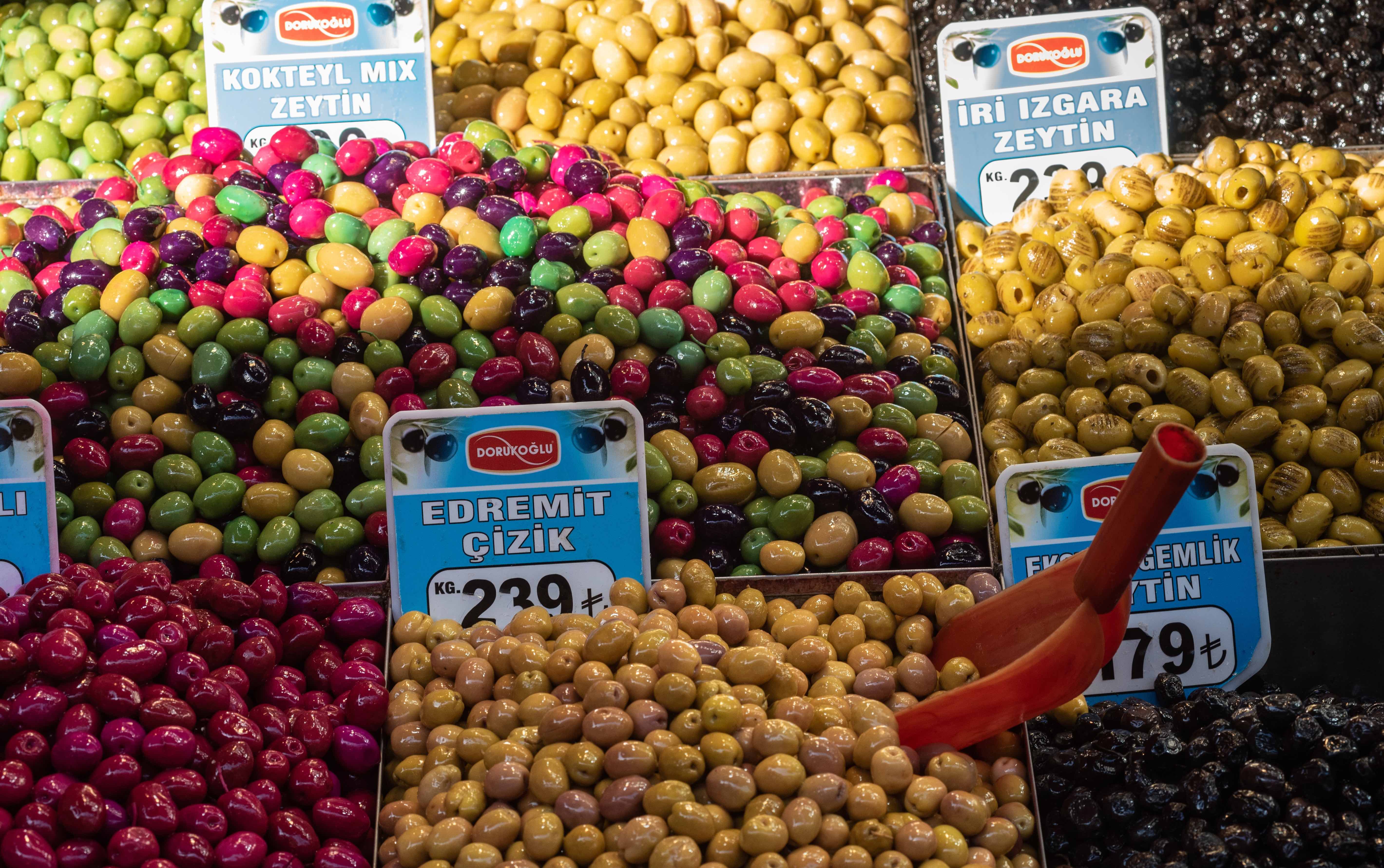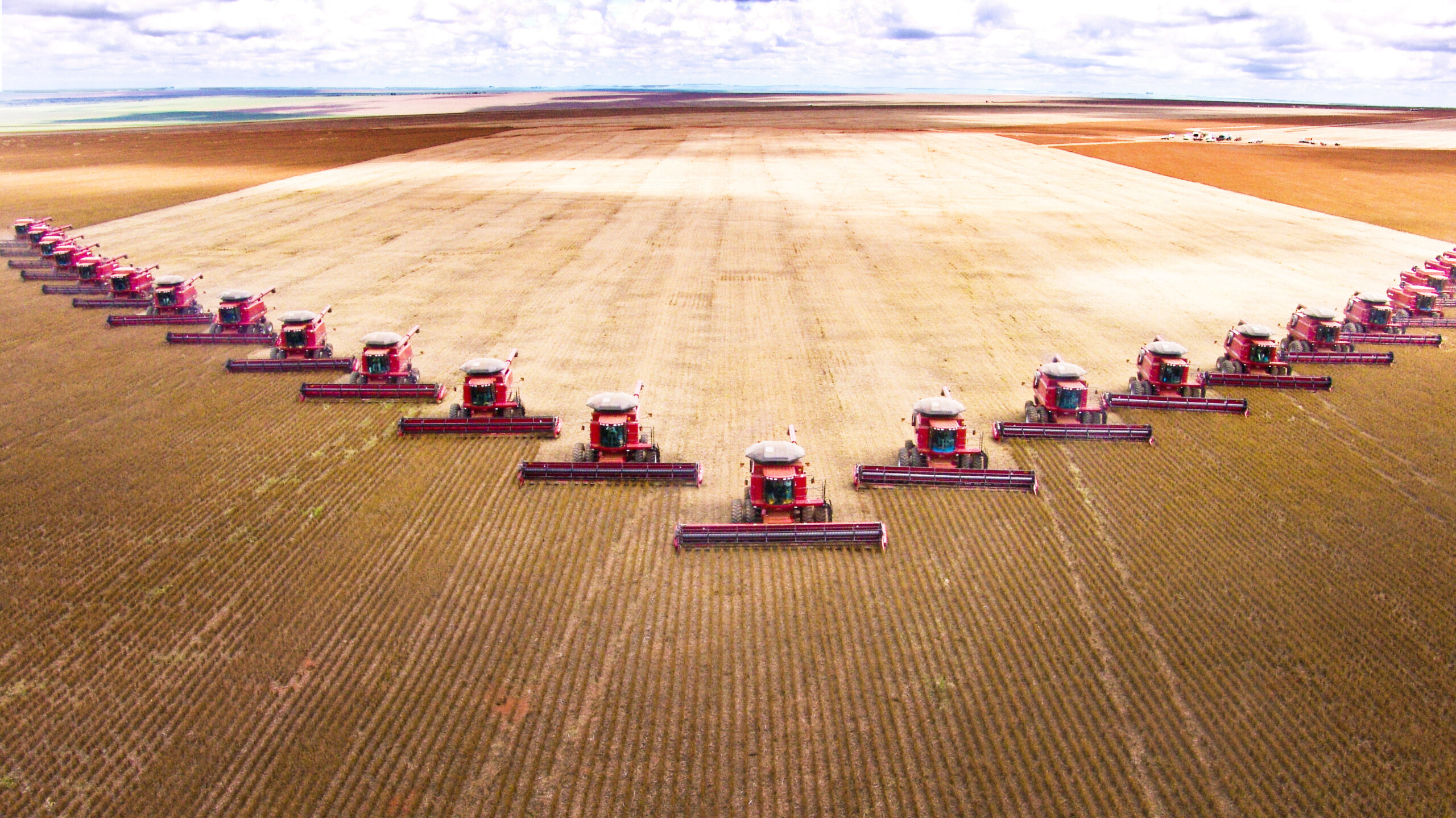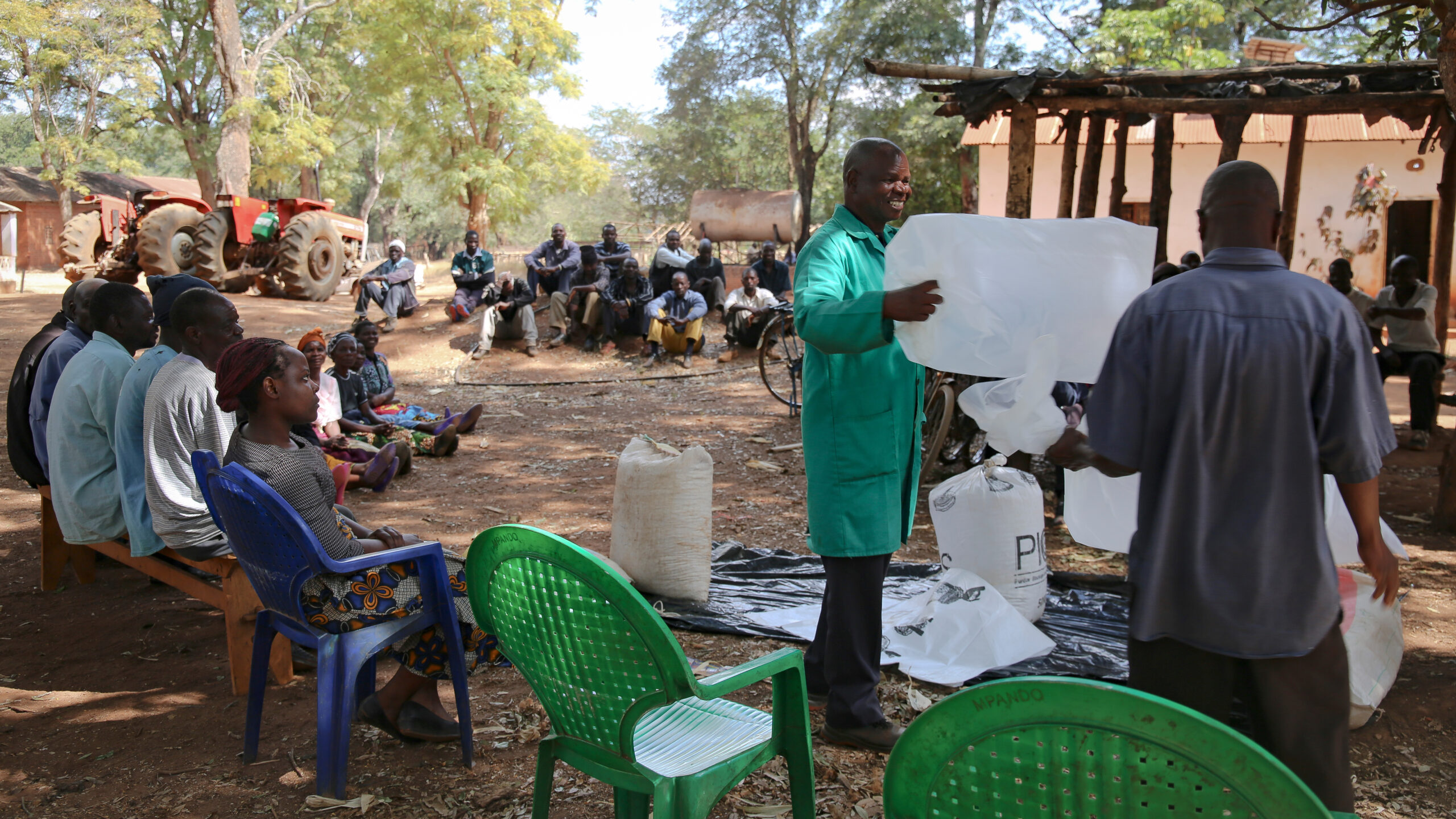Since peaking in April 2022, global agricultural food commodity prices have declined by almost 25% as of October 2023, according to the UN Food and Agriculture Organization’s (FAO) food price index (Figure 1). Contributing to the decrease were strong harvests in large food producing countries, steep declines in shipping costs, and more affordable energy and fertilizer prices (Figure 2). This broad-based easing of food price pressures occurred across markets for cereals, vegetable oils, meat, and dairy products (Figure 3). Sugar and rice were notable exceptions, as their world market prices have risen by double digits in recent months due to production disruptions caused in part by the El Niño phenomenon, as well as new trade restrictions and producer country stockpiling amid concerns over potential shortages.
Figure 1
Figure 2
Figure 3
But even while international food prices measured in U.S. dollars have fallen, domestic food prices measured in national currencies—the prices that matter to consumers—continue to increase, feeding a cost-of-living crisis for many low-income households. Here we outline the current global landscape of food price inflation, focusing on the economically debilitating impacts on developing countries.
Consumer food price inflation remains on average in the double digits in low- and middle-income countries (Figure 4). As of September-October 2023, more than one third of low-income (LICs) and lower middle-income countries (LMICs) still saw annual domestic food inflation of more than 15%. In the LICs, consumer food price inflation stood at almost 30% (year-over-year) in September-October, although down from near 40% in January.
Figure 4
In the LMICs, average food inflation is considerably lower, around 12%, but has hardly slowed since the beginning of the year. Average food inflation in upper middle-income countries (UMICs) also remains over at 10% annually and has barely come down since January. High-income countries (HICs) did see a tangible deceleration of average food inflation, from 7% on in January to 3.8% by September-October 2023.
Conditions vary greatly across developing countries, however. Food price inflation is well above 100% in Argentina and Venezuela, over 60% in Sudan, and near or above 30% in Cuba, Haiti, Egypt, Ghana, Nigeria, Ethiopia, Malawi, Congo and Burundi—yet is close to zero in key countries such as Brazil, China and Kenya. In a few instances, such as Afghanistan, Mali, Niger, and Uganda, food prices have actually fallen (Figure 5).
Figure 5
Domestic drivers of food price inflation
What accounts for the divergence between international and domestic price inflation? As a recent IFPRI study has pointed out, global price shocks only partially translate into domestic price shifts, depending in part on the share of imported agricultural food commodities in diets.
Continuing high food price inflation in many LMICs and LICs reflects combinations of logistical challenges, domestic market imbalances, marketing services price increases and local supply shocks, and/or broader socioeconomic fragilities and conflict. Limited food storage capacity in many LICs compounds their vulnerability to food market shocks.
The macroeconomic pressures of recent years, including rising import costs and the need to help vulnerable people during the COVID-19 pandemic, have led to widening fiscal and balance-of-payments deficits and higher public debt burdens, currency depreciation and expansionary monetary policies—fueling overall domestic inflation.
In most countries, consumer price increases in general are now (as of September-October 2023) outpacing food price inflation, the reverse of the situation in January. Figure 6 shows the rate of food inflation relative to the overall inflation rate, indicating the “real” rate of food inflation (if negative, general inflation is higher than food inflation). In most countries, including many LICs, “real” food inflation is low or negative. While this is a noteworthy trend, it provides little consolation for vulnerable households facing persistently high food and overall inflation, since for most of them incomes have likely not kept pace with inflation.
Figure 6
Effects on food security
High inflation rates are contributing to heightened food insecurity around the world. According to the Food Security Information Network’s Global Report on Food Crises (GRFC), 238 million people in 48 countries faced high levels of acute food insecurity as of mid-2023, up from 216 million in 2022. (These numbers do not yet include an update for another ten countries where 41 million people faced acute levels of food insecurity in 2022.) Figure 7 shows that food price inflation remains high in most of these food crisis countries.
Figure 7
Will global food prices continue to moderate, perhaps helping to ease inflation in individual countries? While the latest forecasts point to continued growth of supplies of key cereals, vegetable oil, and soybeans during the 2023/24 season, downside risks weigh on the outlook.
These risks stem from 1) continuing disruption of food shipments through the Black Sea following the non-renewal of the Black Sea Grain Initiative in July 2023; 2) new food export restrictions by large producers of key agricultural crops, which could tighten supply conditions and trigger price pressures for other commodities; and 3) if sustained, the recent rise in global energy prices.
Most importantly, a strong El Niño season now seems highly probable according to the World Meteorological Organization and the U.S. Climate Prediction Center. This could disrupt food production in many parts of the world as warming Pacific waters contribute to dryer conditions in some regions—including in Asia’s key rice-producing countries—and heavy rains and damaging floods in others. The market impacts will depend on the strength and duration of El Niño, as well as countries’ policy responses. Specifically, stockpiling by food importers and a proliferation of export restrictions by food exporters could trigger large fluctuations in commodity prices and destabilize global markets.
Economic fallout of market shocks
In addition to a significant humanitarian cost, the 2021-2022 global food and fertilizer market shocks—combined with higher energy prices, tighter global liquidity conditions and pandemic after-effects—have taken a significant macroeconomic toll.
Many food crisis countries now have little fiscal headroom to respond to future shocks by, for example, strengthening social safety nets. After an initial post-pandemic rebound, median real GDP growth in the food crisis countries has weakened. With high fiscal and balance-of-payments deficits, foreign exchange reserves have reached their lowest level in over a decade in the most affected countries.
So, while upward pressures on global food prices have subsided and even reversed for most key crops, the food crisis continues for a significant fraction of the global population—leaving hundreds of millions of people facing acute food insecurity, and adding more to their numbers as time passes. The global food crisis is thus not over and requires continued priority attention by the international community.
Rob Vos is Director of IFPRI's Markets, Trade, and Institutions (MTI); Joseph Glauber and Will Martin are MTI Senior Research Fellows; Soonho Kim is MTI Senior Data Manager. Opinions are the authors'.







